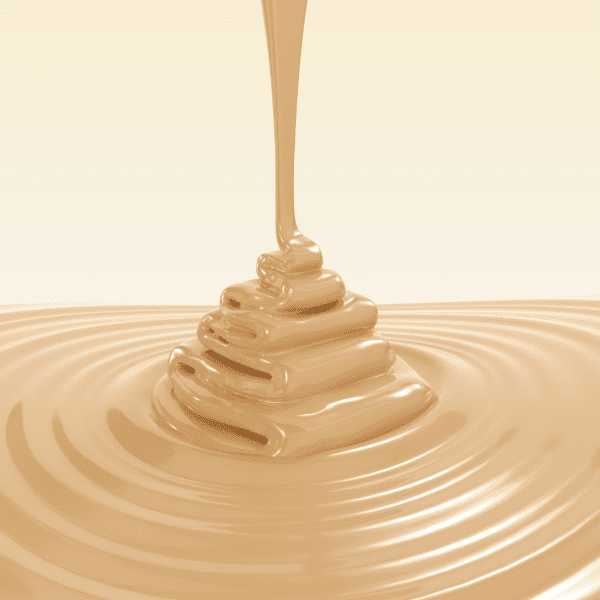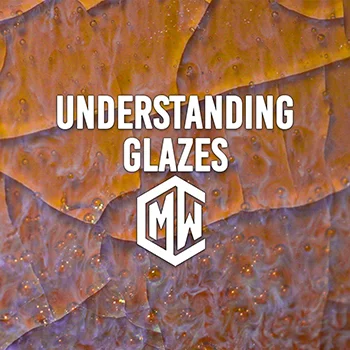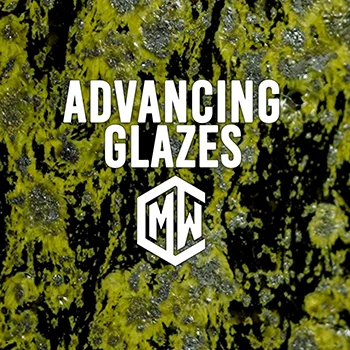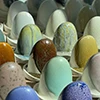Ever wondered how your kiln “knows” when to turn up the heat or cool things down? The answer lies in a tiny but mighty hero: the thermocouple! These unsung heroes of the ceramic world are the key to achieving those perfect firings and preventing pottery heartbreak.
So, let’s dive deep into the thermocouple universe, explore the different types, and discover why choosing the right one can make all the difference in your ceramic adventures!
Get to the point! How can I get the best firing out of my new kiln? For Flux Sake podcast: Episode 91
Thermocouples: More Than Just a Fancy Thermometer
Before we get into the nitty-gritty of thermocouple types, let’s break down what these little wonders actually are:
Imagine two different metal wires joined together at one end. When that joined end gets heated (like in your kiln!), it creates a tiny electrical voltage. This magical phenomenon, known as the Seebeck Effect, is the secret behind how thermocouples work.
By measuring this voltage, the thermocouple can figure out the temperature difference between the hot end (inside the kiln) and the cold end (connected to your kiln controller). This allows it to accurately calculate the kiln’s temperature, usually within a degree or two of the actual heat!
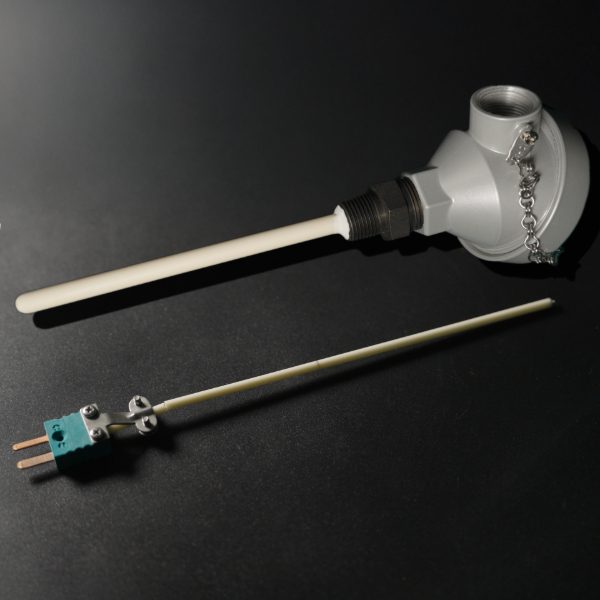
Why Thermocouples Rock the Kiln World:
- Accuracy Aces: They deliver precise temperature readings, crucial for consistent firings.
- Tough Cookies: They can handle extreme temperatures, perfect for those high-fire adventures.
- Wallet-Friendly: They’re relatively inexpensive, making them accessible for any studio.
- Versatility Virtuosos: They’re used in everything from kilns to cars to airplanes, proving their reliability.
I think I’m too beginner for this.. Can we go back a few steps? Read our article: The Heat is On! A Beginners Guide to Glazing & Firing Pottery!
The Workhorse: Type K Thermocouples
Type K thermocouples are the most commonly used thermocouples in ceramic kilns. They are composed of chromel (an alloy of nickel and chromium) and alumel (an alloy of nickel, aluminum, and silicon) wires. Temperature range is noted by manufacturers as -270 °C to 1,260°C.
CMW Review: Type K are the most widely used thermocouples found in US built kilns. We don’t recommend them as we often find these to be not very accurate at the higher temperatures. In our experience, they tend to spit and break down quickly.
The Perfectionist: Type S Thermocouples
For those who demand the ultimate accuracy, Type S thermocouples are often used in high-temperature applications.
Made with platinum and rhodium wires, Type S thermocouples offer a narrower temperature range (0°C to 1,480°C) compared to Type K thermocouples but provide superior accuracy and long-term stability.
CMW’s Review: We highly recommend them. We use them in all of our kilns and we’ve never had one go bad as they are designed for years of use. Although they are more expensive than Type K, we think they are worth the investment.
The High-Heat Specialist: Type R Thermocouples
Similar to Type S in accuracy and built to withstand even higher temperatures (0°C to 1,480°C, Type R thermocouples are also composed of platinum and rhodium wires but have a higher percentage of rhodium. They are commonly used in applications where the temperature exceeds the capabilities of Type K or S thermocouples, such as certain types of high-temperature ceramics and refractories.
CMW’s Review: Very accurate. We typically use Type S, as it works with our firing temperatures, but when we’ve tried them(Type R), they’ve been within 0.01°C of a perfect Cone 6. (The superior cone!)
Finding the Perfect Match for Your Firing Needs
There are other specialty thermocouples available, but for most ceramic artists, Type K, S or R, will be what you’ll come across most often.
For example, Type N thermocouples, made of Nicrosil (a nickel-chromium-silicon alloy) and Nisil (a nickel-silicon alloy), measure temperature ranges similar to Type K thermocouples but with improved accuracy and stability, making them suitable for certain high-temperature ceramic processes.
Choosing Your Thermocouple Champion
The best thermocouple for you depends on your specific needs and firing style. If you’re a beginner or hobbyist, Type K might suffice. But if you’re serious about your ceramics and demand precision, Type S is the way to go. And for those venturing into the extreme heat of high-fire ceramics, Type R will be your trusty companion. Hhmm I still can’t decide what route is best for me? Then list to CMW’s podcast: For Flux Sake: Episode 41, Should I trust my cones or my thermocouple during firing?
Need More?
Check out of FREE chemistry lessons on Youtube: Free Online Glaze Chemistry Lesson | Ceramic Glaze Application
Next Step: Ceramic Kiln Maintenance and Testing: and why should it even be important to me?
Ready to dive deeper?
Loved learning about ceramic glazes? Want to go even deeper? Check out our Workshops & Courses, now available in Spanish, or YouTube Channel where Matt breaks it all down, myth-busting and Stull chart included!



